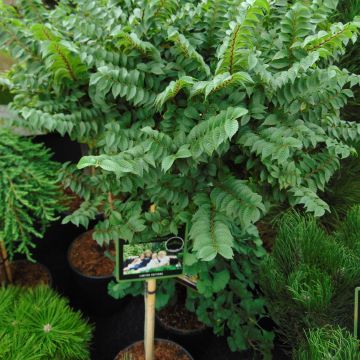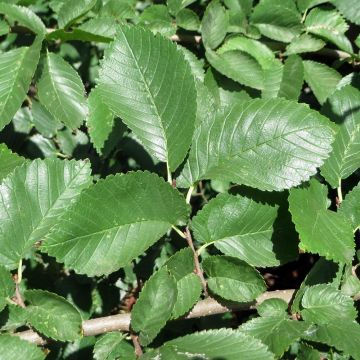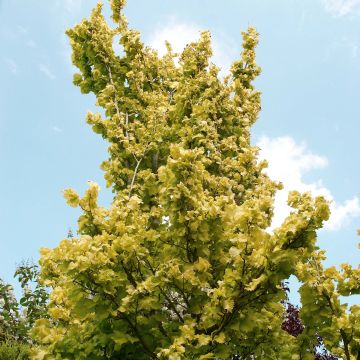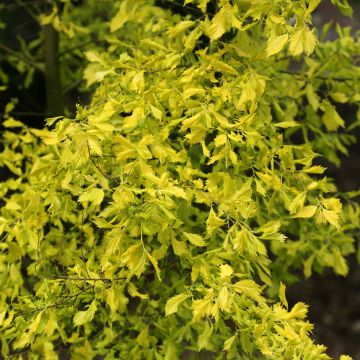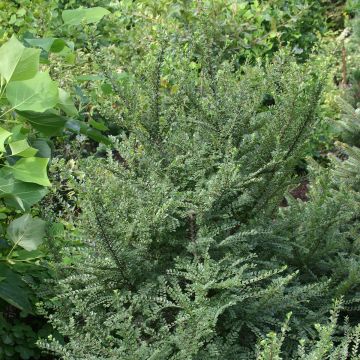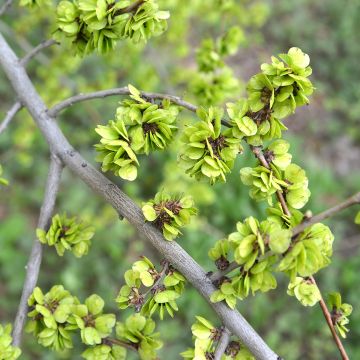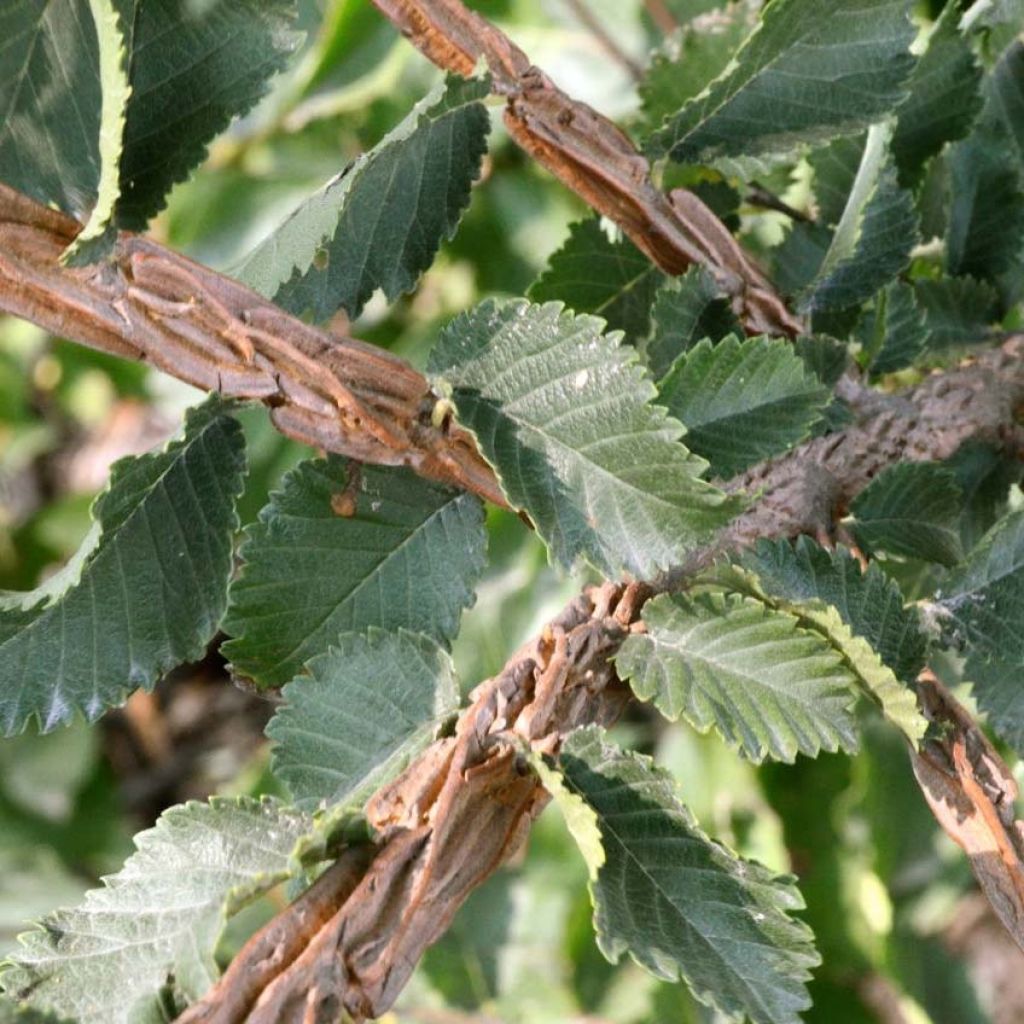

Ulmus minor suberosa
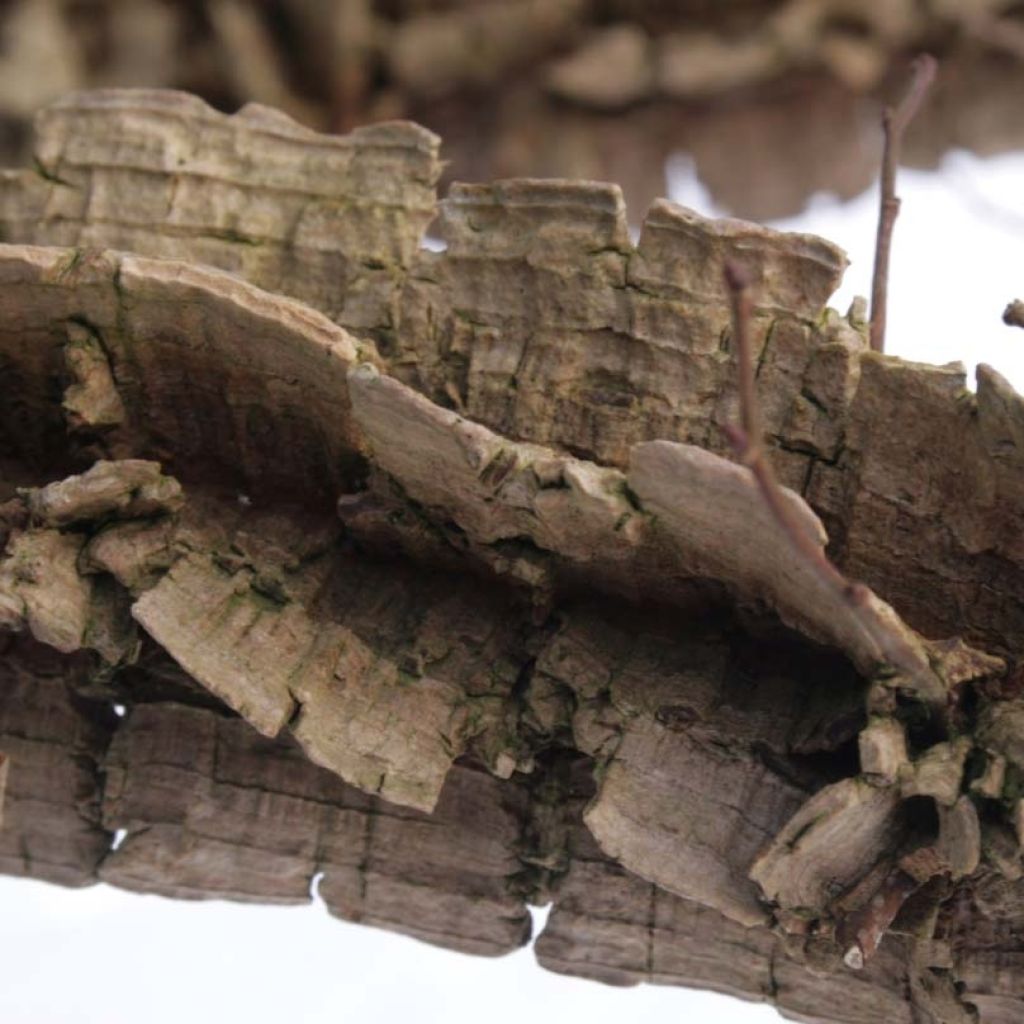

Ulmus minor suberosa
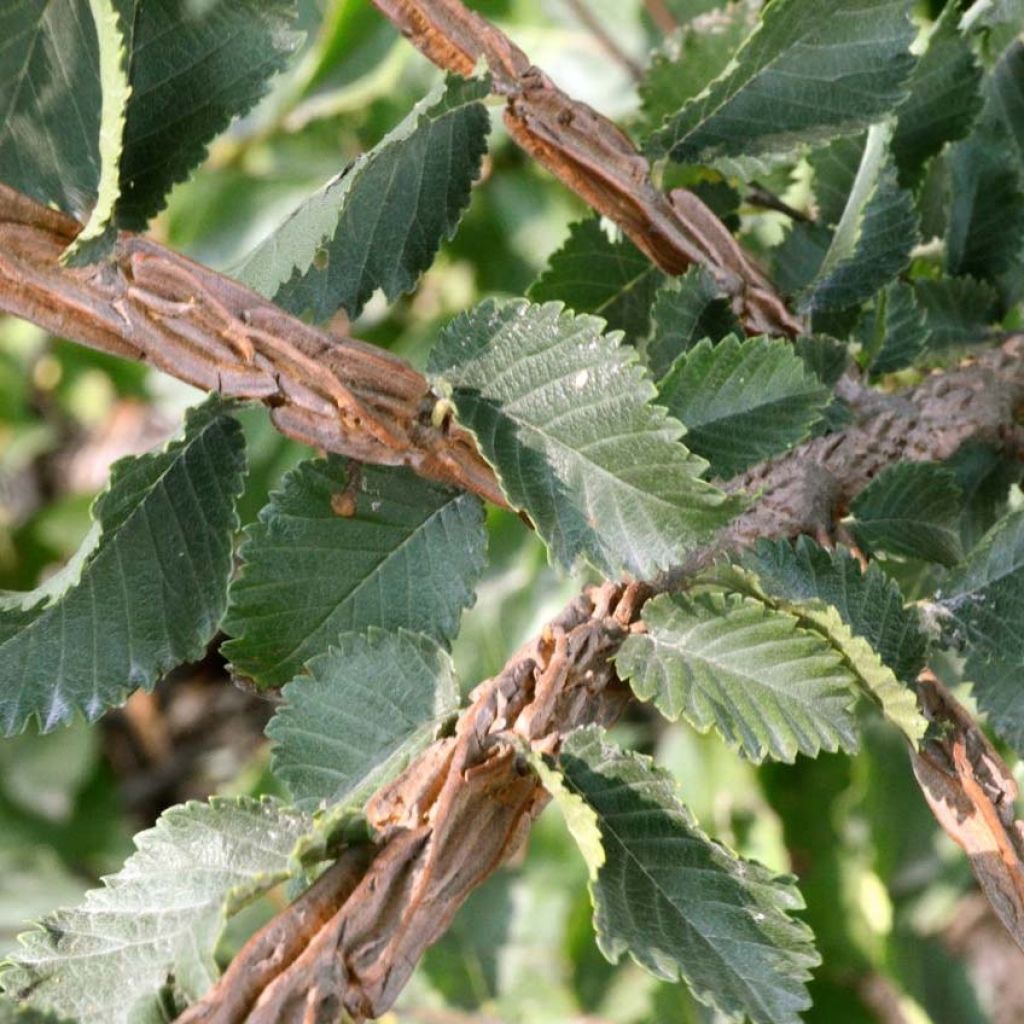

Ulmus minor suberosa
Ulmus minor suberosa
Ulmus minor suberosa
Corky Elm, Field Elm
Very satisfied.
Jacqueline A., 11/11/2018
Special offer!
Receive a €20 voucher for any order over €90 (excluding delivery costs, credit notes, and plastic-free options)!
1- Add your favorite plants to your cart.
2- Once you have reached €90, confirm your order (you can even choose the delivery date!).
3- As soon as your order is shipped, you will receive an email containing your voucher code, valid for 3 months (90 days).
Your voucher is unique and can only be used once, for any order with a minimum value of €20, excluding delivery costs.
Can be combined with other current offers, non-divisible and non-refundable.
Home or relay delivery (depending on size and destination)
Schedule delivery date,
and select date in basket
This plant carries a 24 months recovery warranty
More information
We guarantee the quality of our plants for a full growing cycle, and will replace at our expense any plant that fails to recover under normal climatic and planting conditions.

Would this plant suit my garden?
Set up your Plantfit profile →
Description
Ulmus minor var. suberosa is a rare and unique form of the Field Elm, distinguished by its slow growth and reduced development. The bark of this deciduous small tree, gray-brown in colour, is adorned over time with curious corky crests, very decorative in winter. The autumn colours are superb. A treasure of our native flora, it is perfectly adapted to our climates, tolerating a wide range of neutral to alkaline soils, including heavy, limestone, and dry soils. The Suberosa variety is suitable for gardens of all sizes and delights bonsai enthusiasts.
The Ulmus minor (syn. Ulmus campestris), from the elm family, is native to a vast area covering Europe, Asia Minor, and North Africa. Once widespread in our forests and hedgerows, this tree has been decimated by Dutch elm disease. It now only survives in the form of coppices, regularly cut back by the disease, a few rare individuals that seem to escape it, and as pretty horticultural varieties with reduced growth. The Suberosa form, apparently quite variable, is found naturally in central Europe as well as in Eastern France. It is distinguished by its very slow growth and corky bark.
The Suberosa Field Elm shows a generally upright habit and a pyramidal crown. It is a very hardy deciduous shrub or small tree with very slow growth, reaching about 7m (23 ft) in height and 3m (9 ft 10 in) in spread depending on the growing conditions. The bark that covers the trunk and branches, initially smooth, cracks over time and develops more or less spectacular corky growths. The foliage, deciduous, resembles that of hazel and alder. But in the Field Elm, the lamina is asymmetrical at the base, at the petiole level. The leaves, measuring 8 to 10 cm (3.1 to 3.9 in) long, are rounded oval in shape, rough, and finely toothed along the edges. Initially tender green, they become bright green on the upper side, with the underside punctuated by reddish glandular points with small hairs. Before falling, the foliage takes on beautiful yellow, orange, and red colours in autumn. Ulmus minor var. Suberosa produces inconspicuous flowers in March-April, before the leaves appear, with clusters of small red flowers developing on two-year-old branches. The flowers are followed by bi-coloured winged fruits, light red in the center and lime green-yellow at the edges, on the female plants in the presence of male individuals.
The Suberosa Elm will delight enthusiasts of rare and original plants. Not demanding, of modest size and slow growth, it is both decorative and well-suited to the size of our gardens. It can be showcased as a specimen tree or integrated into a large shrub border. Its rustic character blends well with that of small maples (Acer campestre, monspessulanum, griseum), purple hazel, or common hornbeam 'Purpurea'. In autumn, it will blend into the flamboyant colours of deciduous viburnums.
Report an error about the product description
Ulmus minor suberosa in pictures


Plant habit
Flowering
Foliage
Bark
Botanical data
Ulmus
minor suberosa
Ulmaceae
Corky Elm, Field Elm
Central Europe
Other Ulmus - Elm
View all →Planting and care
Ulmus minor Suberosa is preferably planted in autumn in ordinary soil, even heavy or chalky soil. While it grows faster in moist soil, it adapts perfectly to drier soil. Plant it in a sunny or semi-shaded position, without scorching sun. Widely spread in France, it adapts to all our climates but does not like acidic soil. Water and mulch in the first summers. Prune in winter to balance its branches. In the 70s, an epidemic of Dutch elm disease greatly reduced the population of elms in Europe. Following this event, a monitoring program was put in place. The disease is a fungus called Dutch elm disease (cryptogamic disease = disease caused by a fungus) that is transmitted by a beetle called the elm bark beetle. The first symptoms appear on a branch of the canopy and are characterized by wilting and folding of the leaves during the growing season. Generally, the bark beetles invade large specimens exceeding 2m (6 ft 7 in) in height. Only biological solutions remain effective, such as pheromone traps or the introduction of bark beetle predators.
Planting period
Intended location
Care
-
, onOrder confirmed
Reply from on Promesse de fleurs
Haven't found what you were looking for?
Hardiness is the lowest winter temperature a plant can endure without suffering serious damage or even dying. However, hardiness is affected by location (a sheltered area, such as a patio), protection (winter cover) and soil type (hardiness is improved by well-drained soil).

Photo Sharing Terms & Conditions
In order to encourage gardeners to interact and share their experiences, Promesse de fleurs offers various media enabling content to be uploaded onto its Site - in particular via the ‘Photo sharing’ module.
The User agrees to refrain from:
- Posting any content that is illegal, prejudicial, insulting, racist, inciteful to hatred, revisionist, contrary to public decency, that infringes on privacy or on the privacy rights of third parties, in particular the publicity rights of persons and goods, intellectual property rights, or the right to privacy.
- Submitting content on behalf of a third party;
- Impersonate the identity of a third party and/or publish any personal information about a third party;
In general, the User undertakes to refrain from any unethical behaviour.
All Content (in particular text, comments, files, images, photos, videos, creative works, etc.), which may be subject to property or intellectual property rights, image or other private rights, shall remain the property of the User, subject to the limited rights granted by the terms of the licence granted by Promesse de fleurs as stated below. Users are at liberty to publish or not to publish such Content on the Site, notably via the ‘Photo Sharing’ facility, and accept that this Content shall be made public and freely accessible, notably on the Internet.
Users further acknowledge, undertake to have ,and guarantee that they hold all necessary rights and permissions to publish such material on the Site, in particular with regard to the legislation in force pertaining to any privacy, property, intellectual property, image, or contractual rights, or rights of any other nature. By publishing such Content on the Site, Users acknowledge accepting full liability as publishers of the Content within the meaning of the law, and grant Promesse de fleurs, free of charge, an inclusive, worldwide licence for the said Content for the entire duration of its publication, including all reproduction, representation, up/downloading, displaying, performing, transmission, and storage rights.
Users also grant permission for their name to be linked to the Content and accept that this link may not always be made available.
By engaging in posting material, Users consent to their Content becoming automatically accessible on the Internet, in particular on other sites and/or blogs and/or web pages of the Promesse de fleurs site, including in particular social pages and the Promesse de fleurs catalogue.
Users may secure the removal of entrusted content free of charge by issuing a simple request via our contact form.
The flowering period indicated on our website applies to countries and regions located in USDA zone 8 (France, the United Kingdom, Ireland, the Netherlands, etc.)
It will vary according to where you live:
- In zones 9 to 10 (Italy, Spain, Greece, etc.), flowering will occur about 2 to 4 weeks earlier.
- In zones 6 to 7 (Germany, Poland, Slovenia, and lower mountainous regions), flowering will be delayed by 2 to 3 weeks.
- In zone 5 (Central Europe, Scandinavia), blooming will be delayed by 3 to 5 weeks.
In temperate climates, pruning of spring-flowering shrubs (forsythia, spireas, etc.) should be done just after flowering.
Pruning of summer-flowering shrubs (Indian Lilac, Perovskia, etc.) can be done in winter or spring.
In cold regions as well as with frost-sensitive plants, avoid pruning too early when severe frosts may still occur.
The planting period indicated on our website applies to countries and regions located in USDA zone 8 (France, United Kingdom, Ireland, Netherlands).
It will vary according to where you live:
- In Mediterranean zones (Marseille, Madrid, Milan, etc.), autumn and winter are the best planting periods.
- In continental zones (Strasbourg, Munich, Vienna, etc.), delay planting by 2 to 3 weeks in spring and bring it forward by 2 to 4 weeks in autumn.
- In mountainous regions (the Alps, Pyrenees, Carpathians, etc.), it is best to plant in late spring (May-June) or late summer (August-September).
The harvesting period indicated on our website applies to countries and regions in USDA zone 8 (France, England, Ireland, the Netherlands).
In colder areas (Scandinavia, Poland, Austria...) fruit and vegetable harvests are likely to be delayed by 3-4 weeks.
In warmer areas (Italy, Spain, Greece, etc.), harvesting will probably take place earlier, depending on weather conditions.
The sowing periods indicated on our website apply to countries and regions within USDA Zone 8 (France, UK, Ireland, Netherlands).
In colder areas (Scandinavia, Poland, Austria...), delay any outdoor sowing by 3-4 weeks, or sow under glass.
In warmer climes (Italy, Spain, Greece, etc.), bring outdoor sowing forward by a few weeks.






























